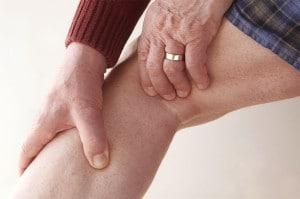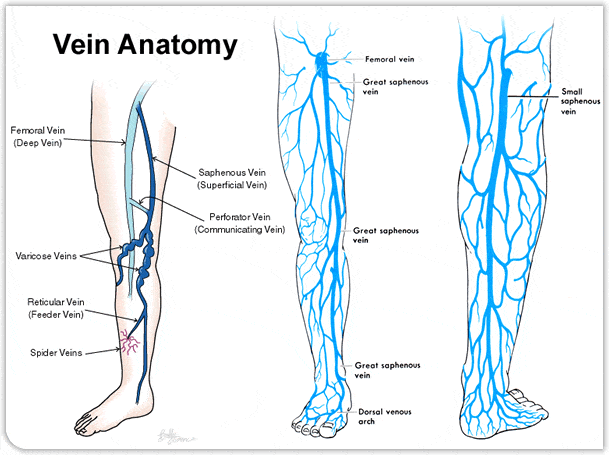Aching Leg Pain Can Be a Symptom of Lower Extremity Venous Disease A common symptom of lower extremity venous disease is a dull, heavy ache in the legs. Frequently, the pain is worse in the evenings particularly after a day of sitting or standing.If you feel you may be struggling with venous disease of the legs, … Continue reading Aching Leg Pain | Pain in Legs
Cutting Edge Treatments at Precision
Tired of uncomfortable, unsightly vein problems? Learn about the available treatments to identify the best one for you. Without treatment, a minor problem with your veins can get much worse. So it’s important to see a vein doctor like the specialists at Precision for an evaluation. Following are a few of the safe, effective and minimally-invasive procedures we use to help … Continue reading Cutting Edge Treatments at Precision
Common Treatments for Varicose Veins
Fortunately, treatment usually doesn’t mean a hospital stay or a long, uncomfortable recovery. Thanks to less invasive procedures, varicose veins can generally be treated on an outpatient basis. Ask your doctor if insurance will cover any of the cost of your treatment. If done for purely cosmetic reasons, you’ll likely have to pay for the … Continue reading Common Treatments for Varicose Veins
Deep Vein Thrombosis
Introduction A deep vein thrombosis (DVT) is a blood clot that forms in the deep large veins of the pelvis, legs, thighs, or arms. A DVT can reduce or block the flow of blood in a vein. It may dislodge and travel in the bloodstream, causing a stroke, pulmonary embolism, heart attack, or death. DVT … Continue reading Deep Vein Thrombosis
Varicose Veins
Varicose veins are veins that are in the superficial compartment of the leg that have become enlarged, swollen, twisted, and/or bulging due to venous reflux disease. The visible veins can be many colors but are most commonly red, blue or flesh-toned. The bulging veins most often appear on the thighs, back of the calves, and … Continue reading Varicose Veins
Lower Extremity Venous Anatomy
After the arteries supply blood to the organs and muscles of the body, veins return deoxygenated blood back to the heart. The veins rely on a more passive and indirect mechanism to help aid in the return of blood to the heart. In the pelvis and lower extremities, blood in the veins has to fight … Continue reading Lower Extremity Venous Anatomy
Common Symptoms
Symptoms of Lower Extremity Venous Insufficiency Symptoms of lower extremity venous insufficiency can range from minor cosmetic issues to a serious medically disabling condition. Not all symptoms match the outward appearance and vice versa. It is possible to have significant vein disease without symptoms, or to have symptoms but no outward manifestations such as spider … Continue reading Common Symptoms
Causes and Risk Factors of Venous Disease
Hereditary factors are the primary cause of vein disease but lifestyle plays a major role in how the disease progresses and manifests itself. For example, if you have a job that you are on your feet a majority of the time (i.e., teacher, restaurant worker, flight attendant) this will increase the chances of developing lower extremity venous … Continue reading Causes and Risk Factors of Venous Disease
Tunneled Central Venous Catheter Placement
Overview Long-term venous access is of critical importance to a wide group of patients. This is achieved by inserting tunneled lines via the internal jugular vein or the subclavian vein. This can be done either surgically or percutaneously. Combined use of ultrasonographically guided vein puncture and fluoroscopy has significantly reduced the complications related to insertion. … Continue reading Tunneled Central Venous Catheter Placement
Phlebitis Thrombophlebitis
What Is Phlebitis? Up to a fourth of all patients with varicose veins and lower extremity venous insufficiency will have an episode of clotting of a varicosity. This can be nearly invisible or can be located just underneath the skin. This condition is called acute superficial thrombophlebitis. The condition causes pain and discomfort but is … Continue reading Phlebitis Thrombophlebitis









